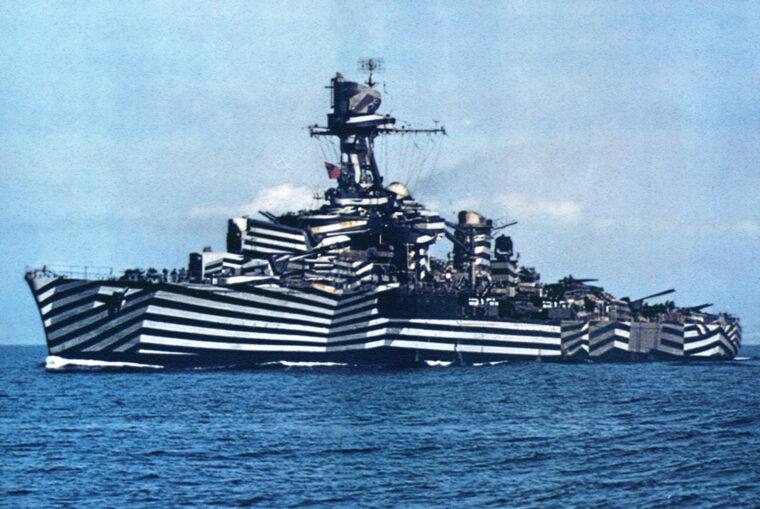
WWII
The Rise and Fall of Dazzle Camouflage
By Joseph Frantiska Jr.What do Pablo Picasso, the U.S. Navy, the British Royal Navy, and the U.S. Army Air Forces (USAAF) have in common? Read more
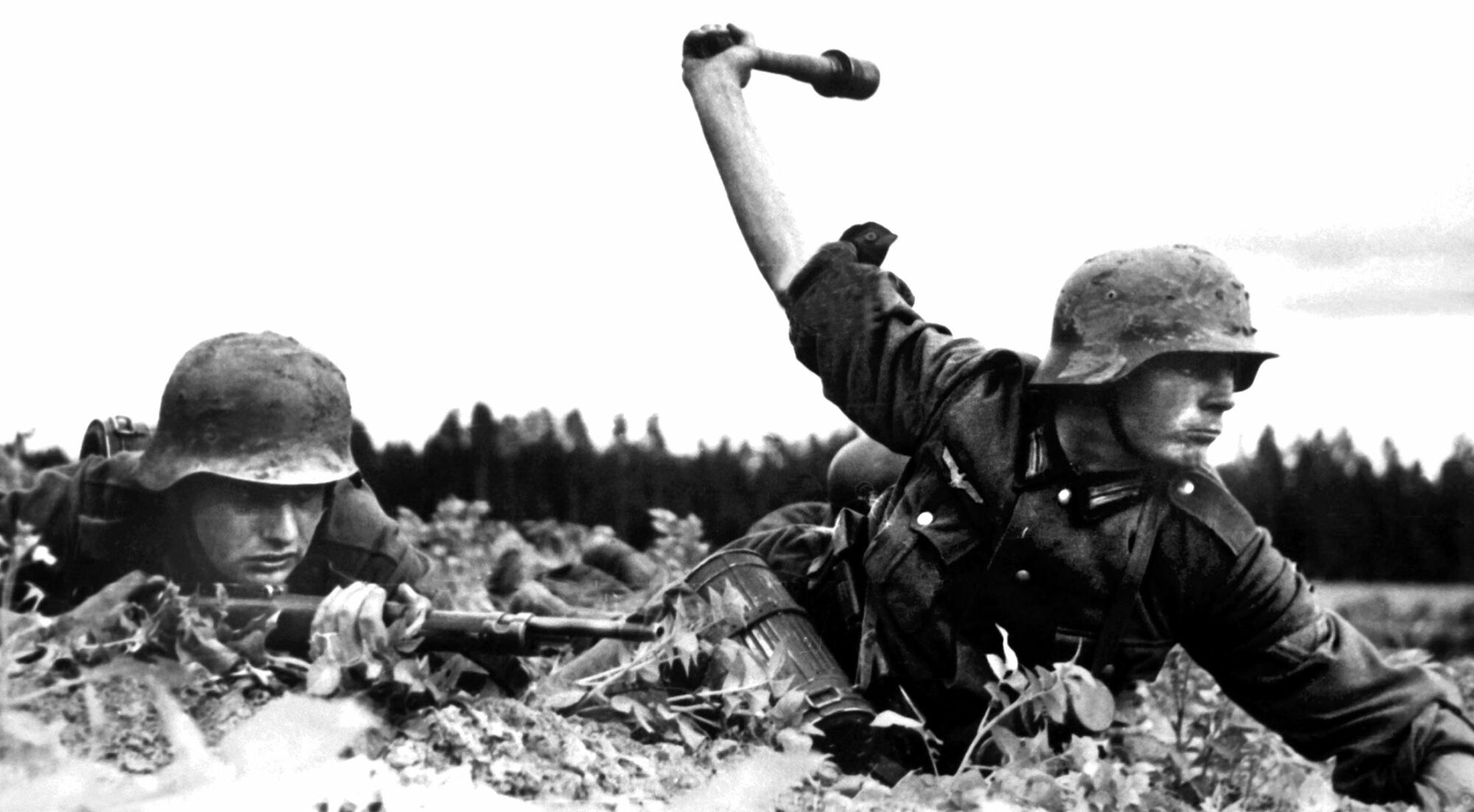

WWII
What do Pablo Picasso, the U.S. Navy, the British Royal Navy, and the U.S. Army Air Forces (USAAF) have in common? Read more
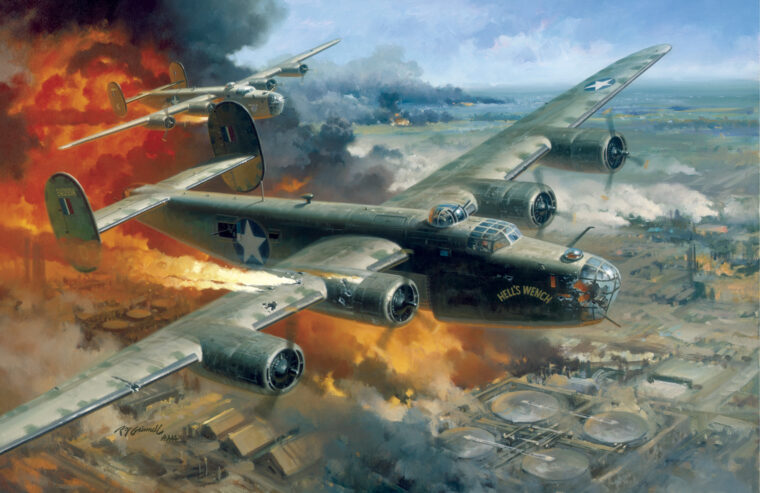
WWII
First Lieutenant Gilbert B. Hadley—he liked to be called “Gib”—was buried back home in Kansas in 1997, some 54 years after he was killed in action on August 1, 1943. Read more
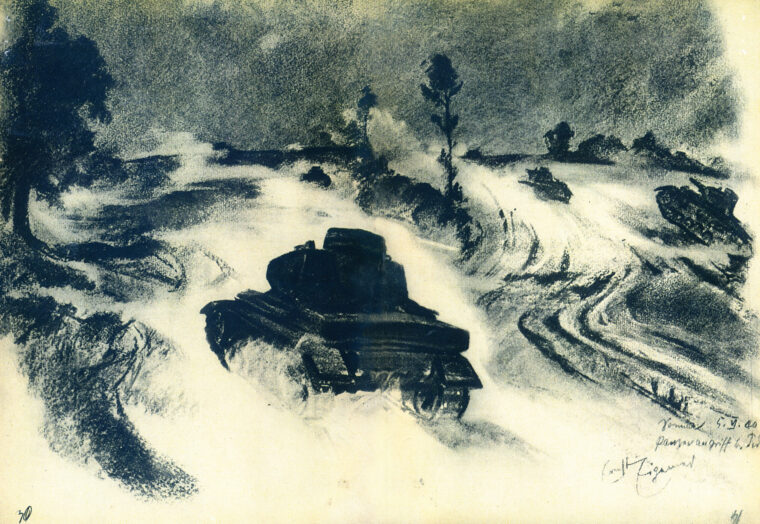
WWII
It’s called Mein Skizzenbuch (My Sketchbook)—a 72-page booklet of pencil drawings and watercolors by noted German war artist Ernst Eigener, a soldier with Propaganda Co. Read more
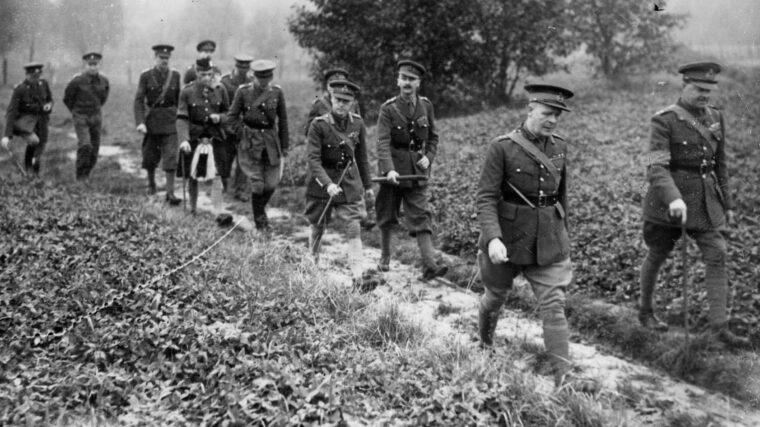
WWII
It was around noon, June 19, 1940, when a small caravan of cars set out from Antibes in southern France en route to the Spanish border. Read more
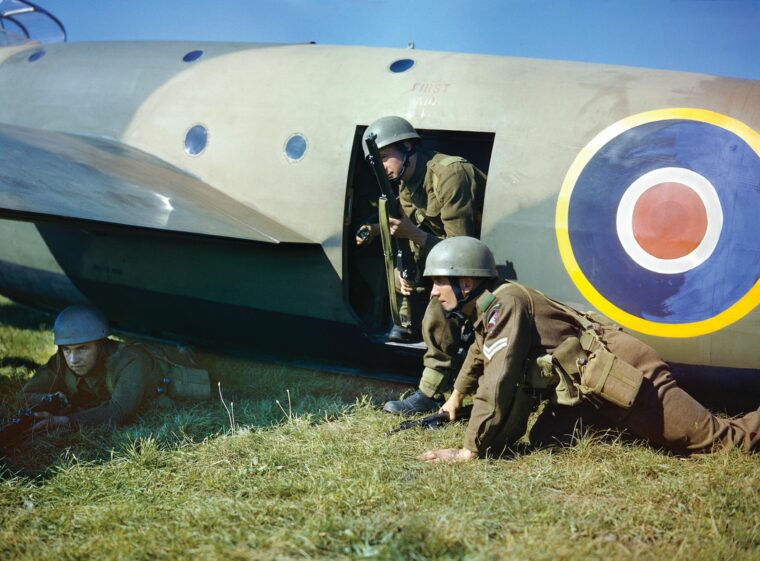
WWII
They shall not grow old as we that are left grow old;
Age shall not weary them nor the years condemn. Read more
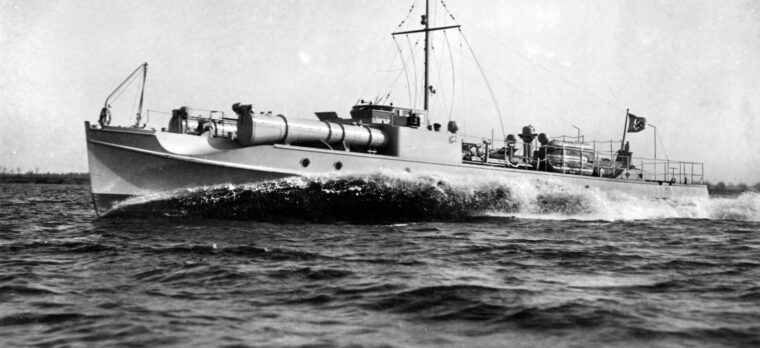
WWII
A wily British scientist, a secret weapon, and a daring daytime Bombing raid helped break the back of the deadly German E-boat attacks on the Allied ships that supported the early D-Day landings at Normandy. Read more
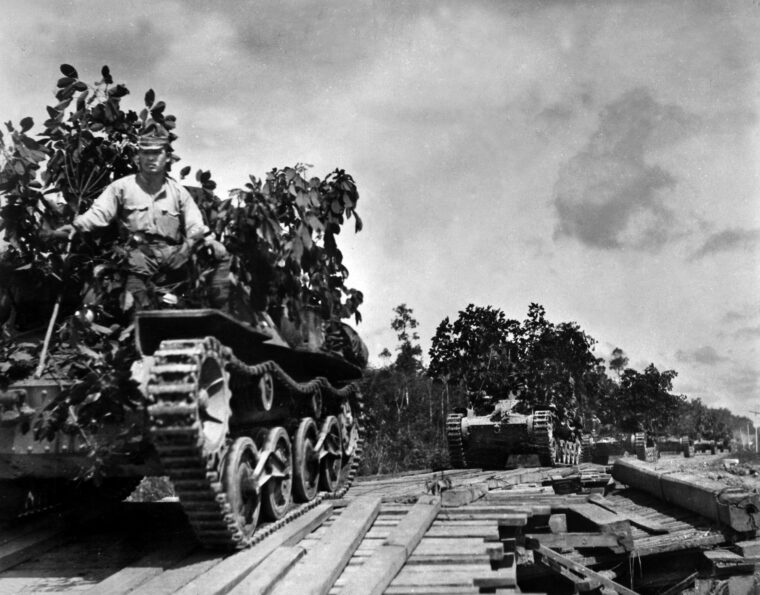
WWII
Admiral Isoruku Yamamoto was not the only gambler in Imperial Japan’s military hierarchy. Lt. Gen. Tomoyuki Yamashita, appointed commander of the Imperial Japanese Army’s (IJA) 25th Army on November 2, 1941, to lead the invasion of Malaya and Singapore, also took risks to capture the prized British territory in less than 100 days after his invasion commenced on December 8. Read more
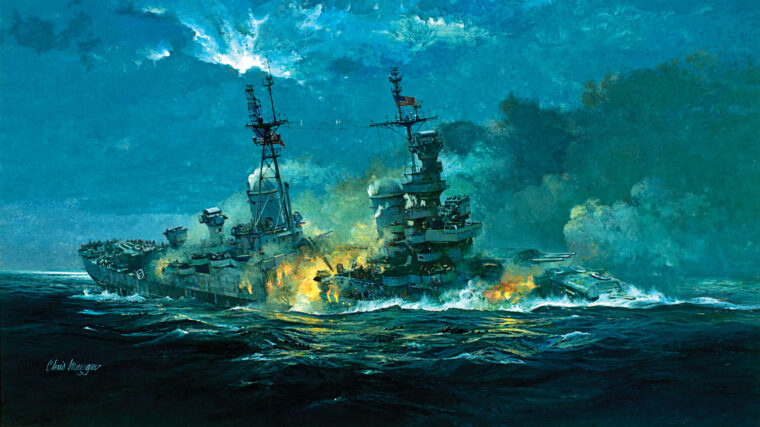
WWII
By Flint Whitlock
The mission was top secret. The heavy cruiser USS Indianapolis (CA-35) had just delivered the last parts of the atomic bomb from California to the island of Tinian and was heading, unescorted, to Guam when it was intercepted by a Japanese submarine, the I-58, and torpedoed on July 30, 1945. Read more
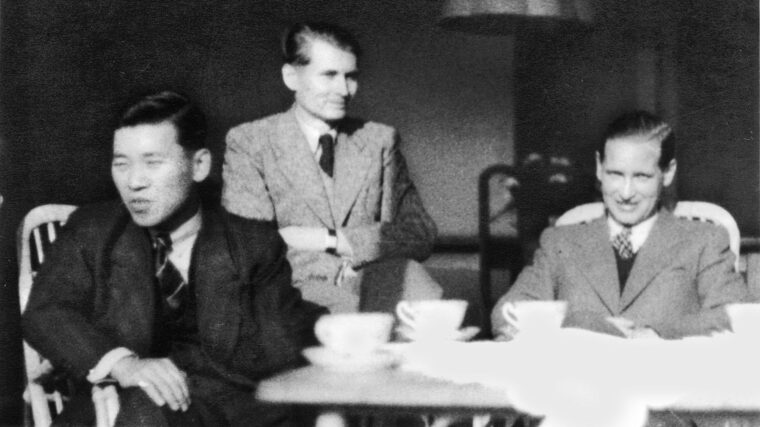
WWII
I am riding a borrowed bike along the Rhine, passing the Schaum-Hof, where last night I dined on a deck overlooking the river with a stately Dutch lady friend of a friend. Read more
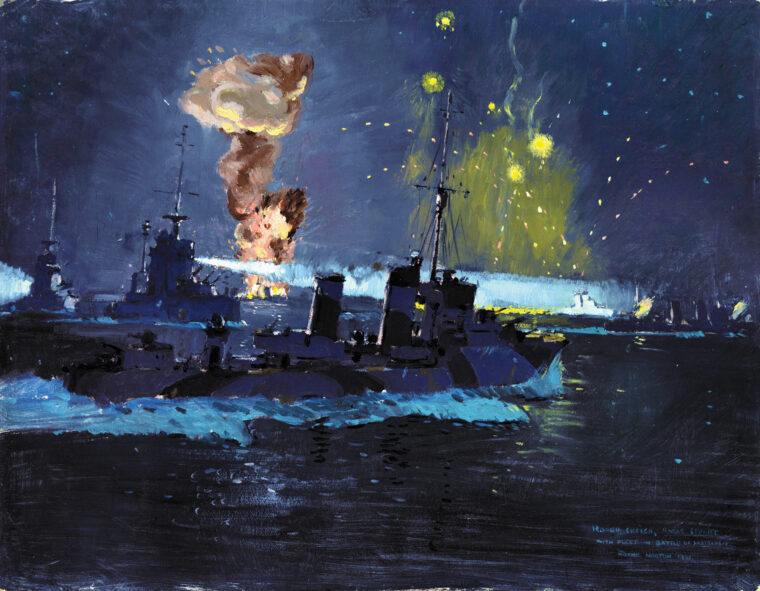
WWII
The son of Prince Andrew of Greece and Denmark and Princess Alice of Battenberg, Prince Philip was the last of five children and a great-great grandchild of Queen Victoria. Read more
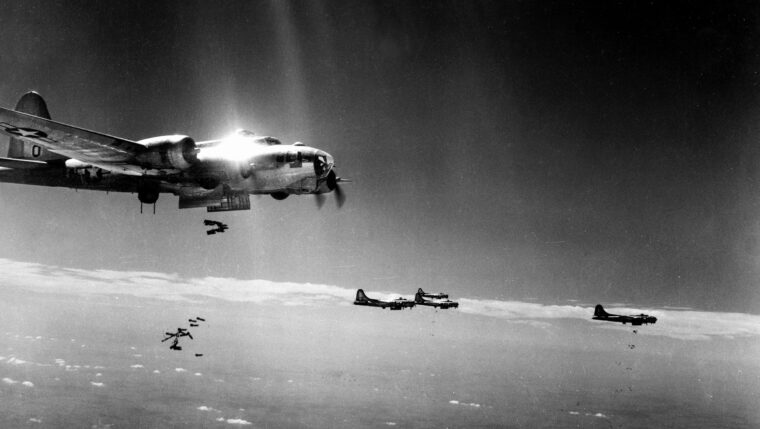
WWII
By Allyn Vannoy
Six B-17G’s of the 416th Bombardment Squadron of the 99th Bomb Group, 15th Air Force, led by Captain B.E. Read more
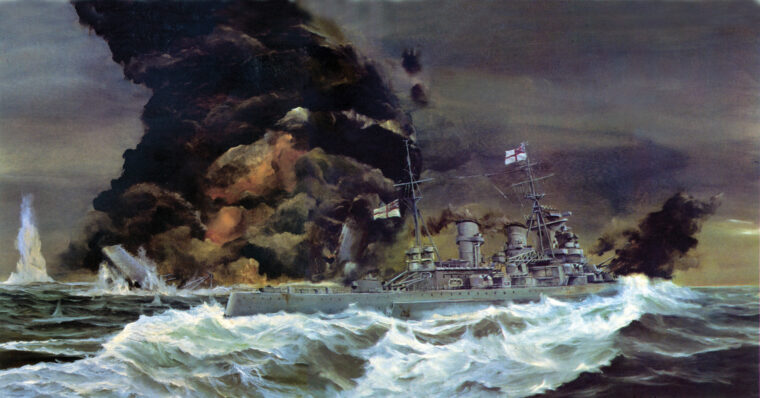
WWII
by Mark Carlson
The era of the battleship reached its apogee at Tsushima Strait in May 1905, when Admiral Heihachiro Togo’s powerful Japanese battleships annihilated the Russian fleet in the Russo-Japanese War. Read more
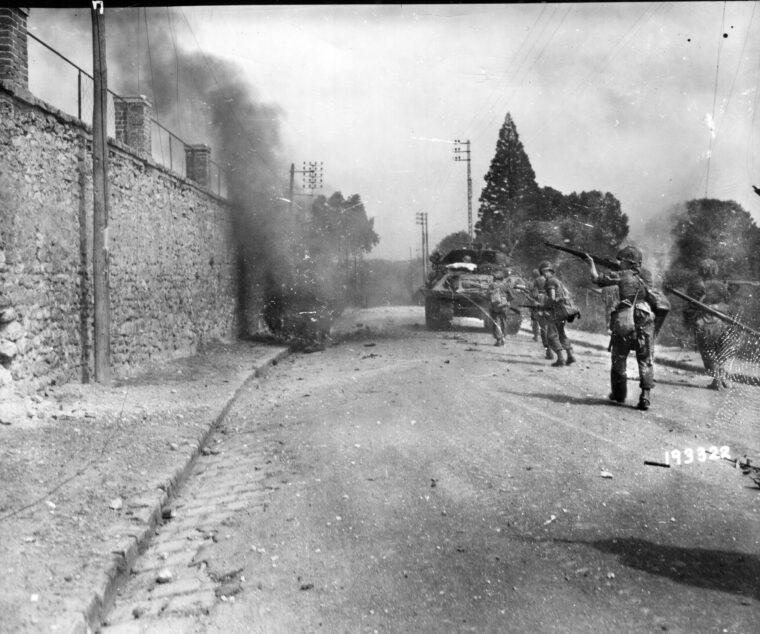
WWII
On August 14, 1944, Lt. Gen. George S. Patton, Jr., paused after his daily staff conference to offer a short speech about the accomplishments of his Third Army. Read more
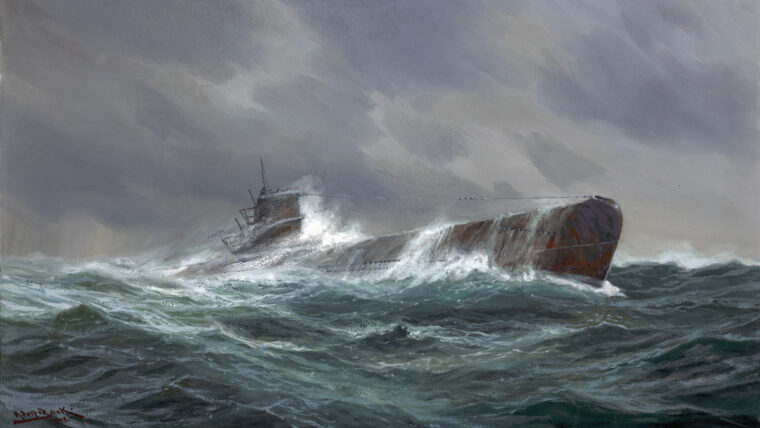
WWII
On the evening of October 13, 1939, The German submarine U-47 surfaced off the Orkney Islands in the North Sea. Read more
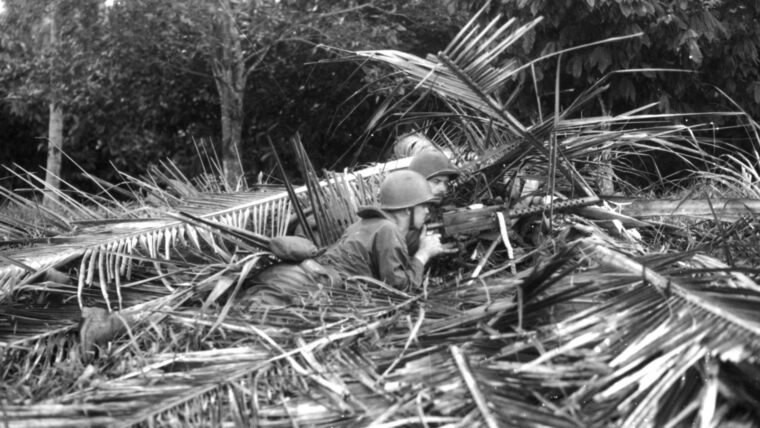
WWII
In the darkness, the two American submarines moved toward the hostile beach, inching carefully through badly marked waters. Read more
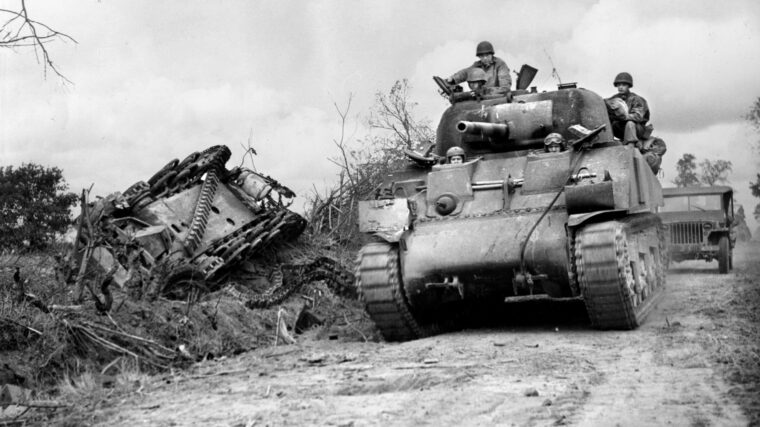
WWII
German panzergrenadiers surrounded Hill 314 just east of Mortain in Normandy on August 7, 1944, trapping several companies of the 2nd Battalion of the U.S. Read more
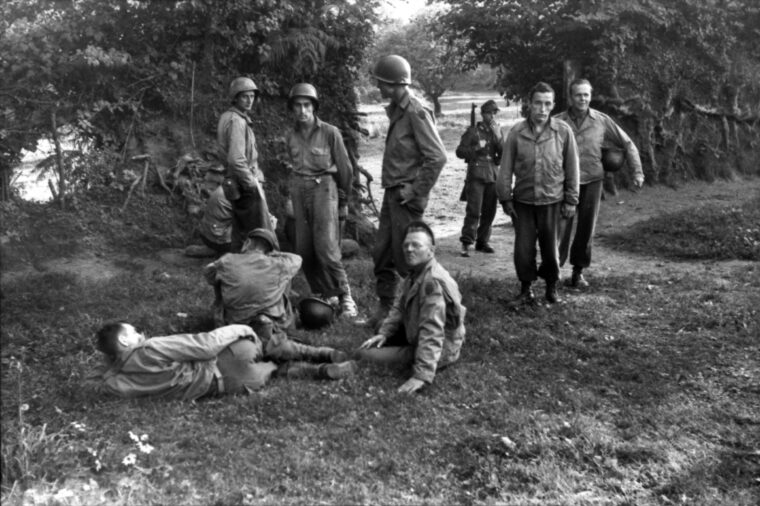
WWII
The large number of Allied prisoners being funneled south to Rennes, France, following the D-Day invasion swelled the German transit camp to capacity so the decision was made to transport the men to permanent locations inside Germany. Read more
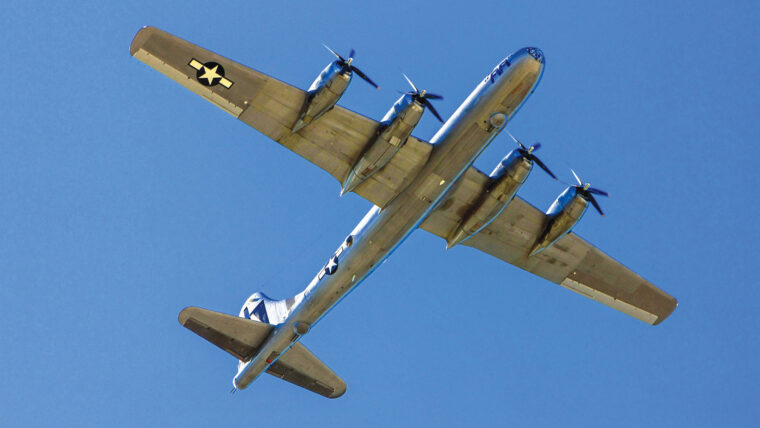
WWII
By Nathan N. Prefer
Despite his nickname, General Henry Harley (“Hap”) Arnold was unhappy. In early 1945 he was having major problems with one of his own special projects, the development of the Boeing B-29 Superfortress strategic bomber, for which he had often risked his career. Read more
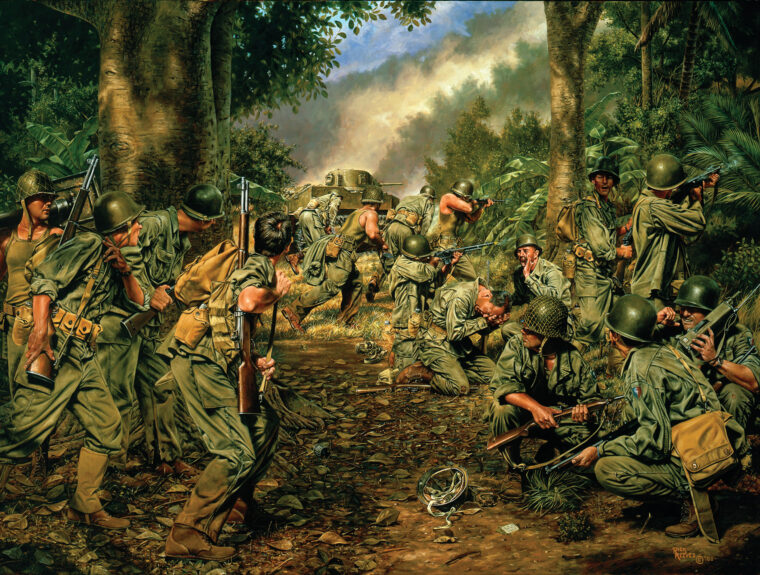
WWII
Shortly after the attack on Pearl Harbor, the Japanese caught the United States Army Air Forces units in the Philippines on the ground late on December 8. Read more
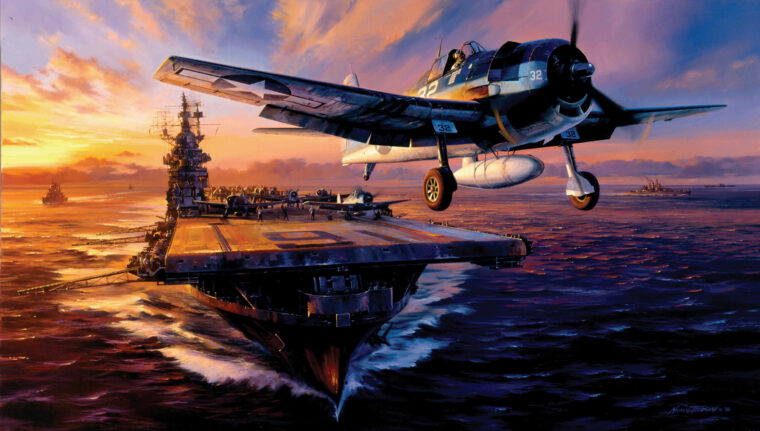
WWII
The Philippine Sea encompasses two million square miles of the western part of the Pacific Ocean. It is bounded by the Philippine Islands on the west, the Mariana Islands on the east, the Caroline Islands to the south, and the Japanese Islands to the north. Read more